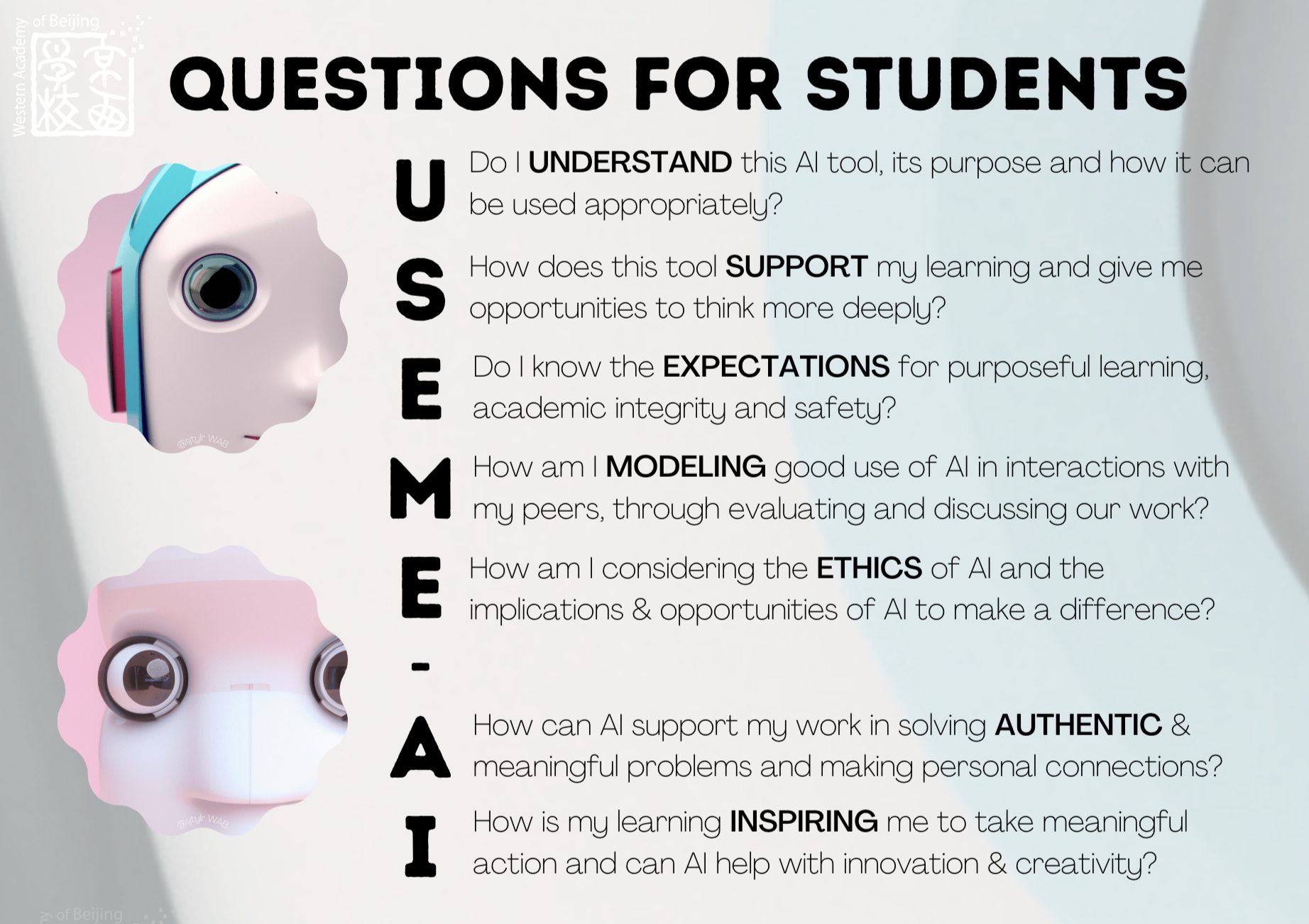
 The WIRED Guide to Artificial Intelligence
The WIRED Guide to Artificial Intelligence
From the beginnings of AI in the 1950s to the state of AI today, an inside look at the milestones, promises, and perils of AI heading to the future.
 ChatGPT and Artificial Intelligence in higher education: Quick start guide
ChatGPT and Artificial Intelligence in higher education: Quick start guide
This Quick Start Guide "provides an overview of how ChatGPT works and explains how it can be used in higher education. The Quick Start Guide raises some of the main challenges and ethical implications of AI in higher education and offers practical steps that higher education institutions can take."
Articles
MIT: Machine Learning, Explained
Machine learning is behind chatbots and predictive text, language translation apps, the shows Netflix suggests to you, and how your social media feeds are presented.
Bill Gates: The Age of AI Has Begun
Artificial intelligence is as revolutionary as mobile phones and the Internet.
Library Books
SORA Magazines
Check out these magazines on using your SORA account! Remember to login with your school under Korea International Schools Consortium and then your student ID # as both your username and password.
Artificial Intelligence: Everything you need to know
Crash Course: Artificial Intelligence
An AI Glossary of Terms from School Library Journal
Grammarly is an AI powered writing assistant that helps students improve their writing skills. It can detect and correct grammar, spelling, punctuation, and style mistakes in real time. This tool is especially useful for students when writing essays, term papers, and other academic assignments.
Notetaking and Organization
Notion is an all-in-one workspace that allows students to organize and manage their tasks, notes, and projects. It combines the features of note-taking, task management, and project planning into a single platform.
Students can use Notion to:
This handy transcription tool converts spoken language into written text. It is particularly helpful for students who want to transcribe lectures, interviews, or class discussions. With Otter.ai, students can easily review and search through recorded audio files, making it easier to study and reference important information.
Study and Research
Offers chat features and answers to questions or prompts like Chat-GPT, but it also cites sources it pulls its answers from.
Chat-GPT needs no introduction (but we'll do it anyway). This game-changing web application is not only one of the best AI tools for students - it's one of the best AI tools for everyone. This AI powered chatbot was developed by Open AI. It can simulate human-like conversations and answer questions on a wide range of topics. Students can use Chat-GPT to get instant answers to their queries, seek clarification on complex concepts, or have interactive study sessions with the chatbot. It's definitely a leader in terms of AI tools for students, helping them to enhance their learning experience and access information quickly.
Summarizes and list main ideas from PDFs to help you in your research
Ask a research question and get back a list of relevant papers from our database of 200 million. Get one sentence abstract summaries. Select relevant papers and search for more like them. Extract details from papers into an organized table. Find themes and concepts across many papers.
Student Education
Each year in grades 9 to 12, teachers show students how to properly refer to and cite sources of information.
Common language concerning cheating and plagiarism is in all syllabi.
All students receive lessons about academic integrity during advisory.
Definitions
Under this policy, plagiarism is defined as:
Producing a piece of writing or other work reflecting the unauthorized use, or close imitation, of another person’s work.
Use of another person’s ideas or language without proper authorization or credit given.
Under this policy, cheating is defined as:
A violation of rules or regulations.
To practice deceit or commit a breach of confidence in order to obtain an unfair advantage.
Attempting an assessment or test in a dishonest way; submitting work that was not completed by yourself or completed with the unfair aid of technology, another person, or other resources. This includes the use of artificial intelligence resources as well as other related technologies.
Application
All students violating the academic integrity policy, including but not limited to online translation, cheating, and plagiarism, will receive consequences. The number of instances is a rolling total with no chance of reduction for as long as the student attends KISJ High School. Prior infractions are considered in all cases of students who have violated the academic integrity policy. KISJ expects students to approach their work with honesty and integrity.

Source: Western Academy of Beijing



Source: Jeri Hurd

Citing ChatGPT, Bard and other AI tools
Guide with current advice from MLA, APA and Chicago styles on how to cite AI tools, with detailed overview of how NoodleTools can be used to accurately cite AI
Examples of citations created in NoodleTools:

For best practices and academic integrity in using outputs from AI tools, follow these guidelines. This information shared via the University College London:
The use of generative AI must be acknowledged in an ‘Acknowledgements’ [or Works Cited/References] section of any piece of academic work where it has been used as a functional tool to assist in the process of creating academic work.
Minimum requirement to include in acknowledgement:
For example:
I acknowledge the use of ChatGPT 3.5 (Open AI, https://chat.openai.com) to summarize my initial notes and to proofread my final draft.

